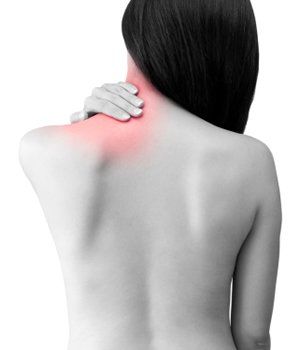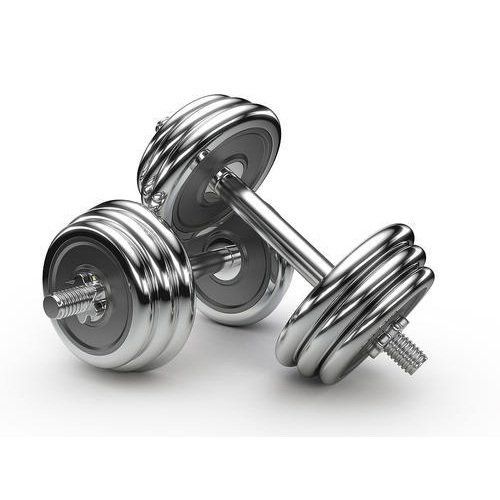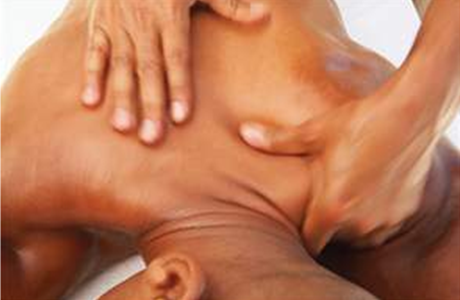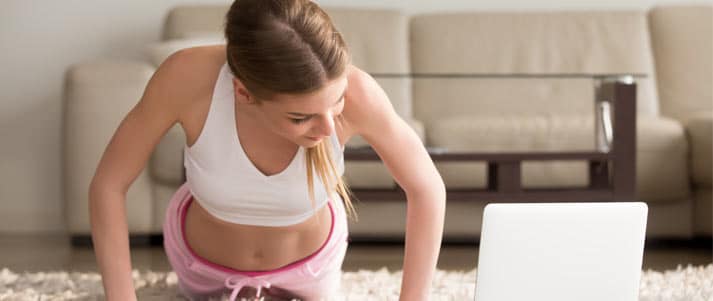Get Better
Stay Better
My Services
Sports Massage/Soft Tissue Therapy
In Sports Massage/Soft Tissue Therapy, I use a variety of techniques to suit your individual issues, to help reduce pain.
Personal Training
My approach to Personal Training is to work with your limitations & experience to achieve your fitness goals in the most affective way.
Full Body Deep Tissue Massage
Encorporating Sports Massage techniques to give a 90minute full body treatment.
About KRISH
I strive to improve your quality of life
I have been a Personal Trainer for 17 years, a Sports Massage & Soft Tissue Therapist for 13 years and have a background in Sport & Exercise Science.
I love working with people and over the years, I have helped clients stay motivated, lose weight, enjoy exercise, run distances from 5km to marathons and live healthier lives.
I specialise in strengthening and rehabilitation for lower back pain, shoulder pain and chronic injuries and many of my clients see me specifically for this focussed training. This knowledge also help me to give the highest quality service within my Sports Massage Treatments.
Client REVIEWS
"I have found Krish's sessions immensely beneficial noticing changes more or less straight away noticing that what I have lost in weight I have gained in muscle mass and definition as well as improved stamina, even family and friends have commented on how I look slimmer and more toned as a result of the sessions I under take"
- Daniel E
“I run 60+miles per week so seeing Krish is essential to maintain my flexibility. He has helped to keep me injury free for 1 year now”
- Anne C
"I have had Personal Training in the past, but Krish has been the most motivating and influential trainer I have used. He always makes sure I am motivated away from sessions and never lets me slack. I am achieving results much quicker than I have ever done before. Thank you!
- Julie
Looking for a Personal Trainer?Request a consultation
My
Blog
Advice, recommendations, information

In recent years there has been a massive influx of exercise DVDs which are action packed, high intensity, functional, have insane exercise combinations and all available to buy at the fraction of the cost of getting a Personal Trainer or joining a gym. Most of the DVDs come with incredible testimonials and people all over the world are achieving things they never thought they could have... Great news! If you are someone who has exercised for the majority of their life, have had little or no injuries and no health issues, then you could pick up one of these DVDs and be well on your way to achieving your goals. However, that isn’t the majority of us. There are an increasing number of people who have made the investment and completed the workouts as best as they could, but are forced to suddenly STOP after developing an injury or aggravating an old injury. Whilst you are in the comfort of your living room and the guy or girl with the perfect body is demonstrating how to do the exercises, there is no guarantee that you’re doing them correctly. This is usually because you don’t have the correct conditioning, fitness level, flexibility, proprioception or coordination to complete the exercises as demonstrated, without any adaptation for you. In my experience as a Personal Trainer, it is extremely rare that I have planned an exercise and a client has been able to complete it perfectly, without any input or adaptation from me. Sometimes even the adaptations have to be adapted a few times to get it right for that one individual. This ranges from clients who have been exercising all their lives, to clients who are complete novices - everyone is different. I often see clients who have come to me because they have developed injuries to their backs, necks, knees, hips and shoulders whilst doing home workouts. Because of this, I structure our training sessions to make sure my clients can do those functional movements similar to those seen in exercise DVDs and find out their limitations or restrictions before increasing their intensity. This makes it safe and individual to them and their goals. These adaptations are not always injury related either. I have clients who want to train as they have high cholesterol, high blood pressure, a high BMI and many other health issues that directly affect what exercises and exercise intensity they can work at. There are plenty of alternative low cost options out there for you to choose from. Group classes, exercise machines, walking, running clubs, hiking, climbing, cycling clubs… The list is endless. Remember the warning at the beginning of any exercise DVD that says "Please consult your Doctor before exercising" is extremely important. Whether you do it short-term or long-term, invest in the best training methods for you, as a quick-fix DVD is not worth the pain of a long-standing injury! Written by Krish Narraidoo Personal Trainer & Sports Massage Therapist
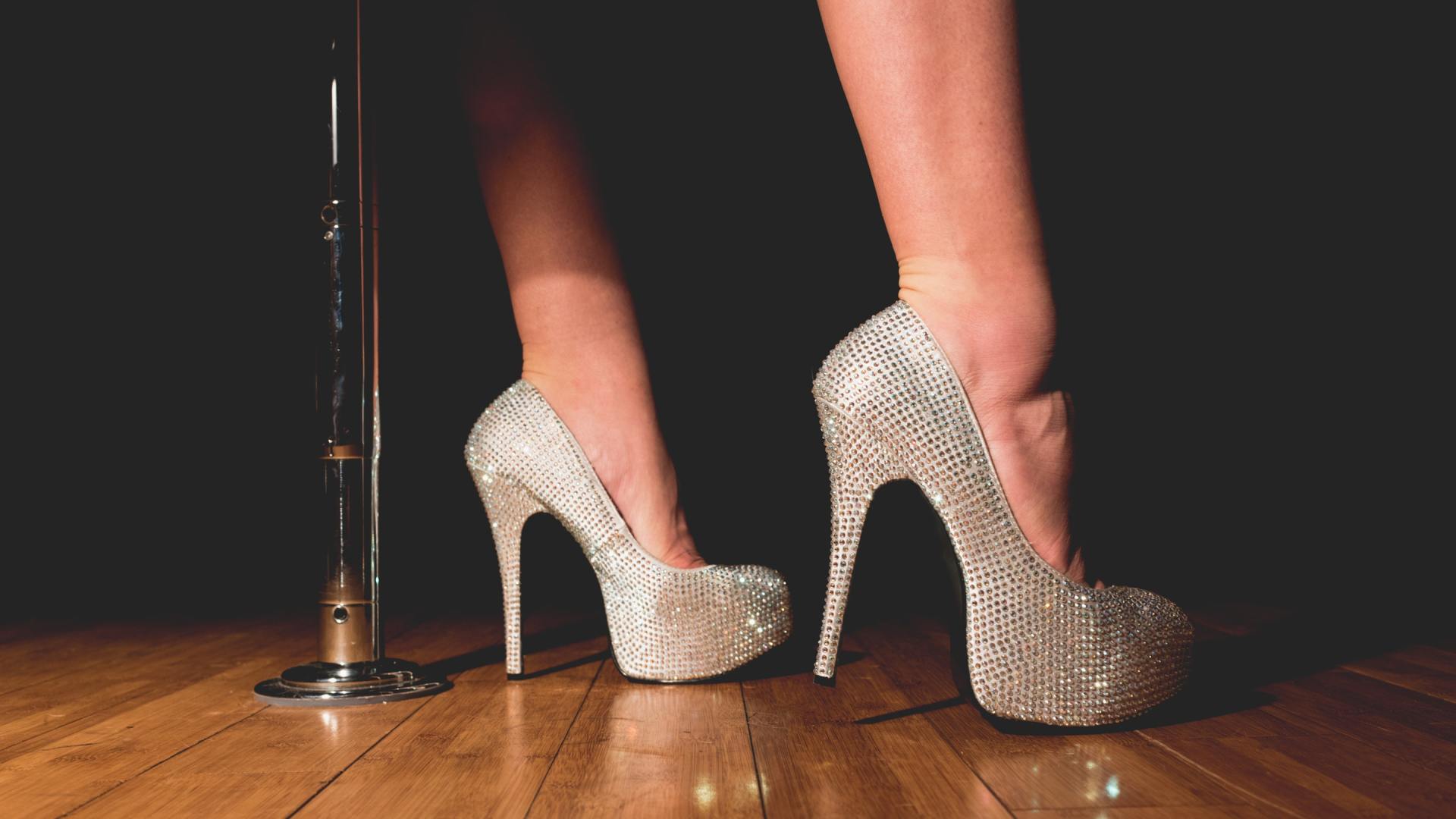
With the little black dress reappearing for Christmas and both men and women wearing ‘fashionably’ uncomfortable shoes for longer than usual, the Calf muscles are in for some pain throughout December. Whether you opt for a small heel or a bigger 3 inch stiletto heel, you will be walking on your toes more than you usually choose to be. A major role of the Calf Muscles is as shock absorbers. Every forward, sideways or backward step that you take, the calves are absorbing the impact of your bodyweight and that force and impact on the calves is multiplied if you are running, jumping or doing any intense activity. So as well as helping you to maintain balance and absorb the shock away from your knees, they’ll be working even harder and in turn will become very tight over this month, keeping you looking graceful in those high heels! The Calf is made of two muscles (Gastrocnemius and Soleus) which both combine to form the Achilles Tendon. Together they help to control bending of the knee and movement of the ankle, so overusing these muscles can really affect your day to day function. What I always recommend for the Calves is as much Stretching, Foam Rolling and regular Sports Massage as you can do. This will help maintain and improve the tightness you are feeling in the lower legs and keep you pain free. Written by Krish Narraidoo Sports Massage Therapist & Personal Trainer
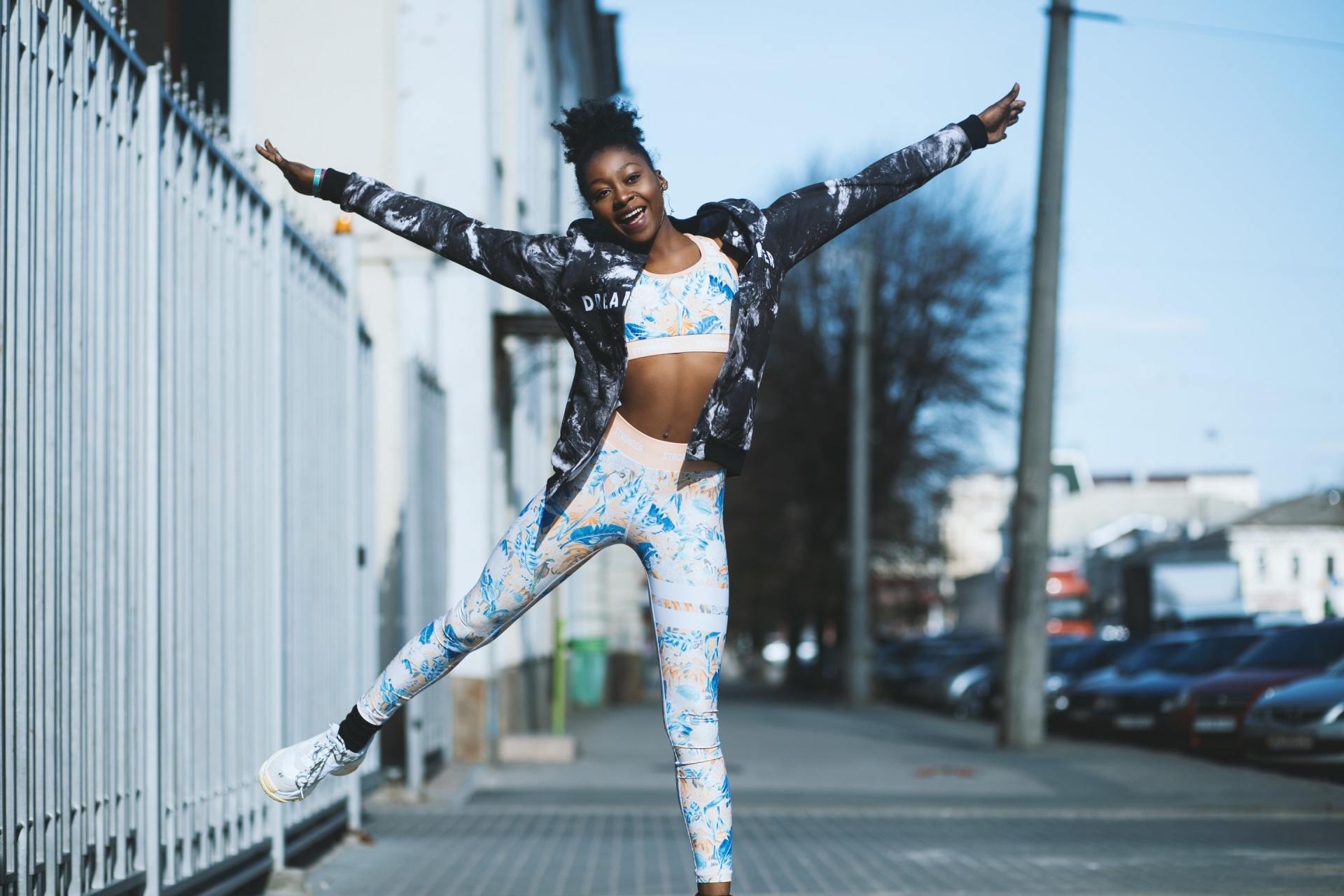
Most of us will spend a long, rewarding relationship with exercise that can last for months, years or decades. We all know the reality of exercise, it’s not a short term process and we have to be in it for the long haul. But what is actually happening to our bodies whilst we exercise and what are the long term benefits from the time and money investment we are making? Immediate Post Exercise Benefits We feel more alert, more awake and more focused. This is because blood is being pumped around the body at a much faster pace. The muscles and the brain receive this blood making brain cells function at a higher level. This is one of the main reasons that many of us start the day with exercise. After training we’re ready to start our day, whilst our colleagues need that second cup of coffee to get them going in the morning. Ideally, we should avoid training before bed - training awakens us so late night training can really hinder the chances of getting good quality sleep. Exercise also gives us that feel-good feeling. Hormones such as serotonin, dopamine, noradrenaline and endorphins almost instantly lift your mood, make you feel great and help to reduce stress and anxiety. 24 Hours Post Exercise Benefits Delayed onset of muscle soreness (DOMS) can often occur 24-48 hours after exercising. You’ll feel sore and a bit battered but this is the type of muscular discomfort that we are aiming for. It’s a great sign of fitness levels improving and happens when we push ourselves harder than previously, or we are trying out a new set of exercises. Our muscles will need to break down, recover and rebuild so that they are stronger for next time. This is where the term DOMS comes from. We also temporarily boost our metabolic rate. This can last for 24-72 hours. Your body has a resting metabolic rate which is the number of calories you burn without doing anything. It is the calories required for you to breathe, sleep, recover, pump blood and all the other basic functions you do without knowing. Exercise causes stress on the muscles. In order to recover, the body needs to recruit more energy and burn more calories, temporarily boosting your metabolic rate. So the 300 calories you’ve burnt on that treadmill could easily mean another 300 or more in the following days – great if you are trying to lose weight. One Week Post Exercise Benefits In a very short time the body starts to adapt. Your mitochondria will start to multiply in your cells, making your body more efficient at metabolising energy and allowing you to feel more able and comfortable to take on the next fitness challenge. One Month Post Exercise Benefits This is the point where habits are starting to be established. We have made exercising part of our daily routine, it requires less conscious effort and it will become a lot easier for us to complete the activities. We may be starting to see some body fat loss, which in turn will show off the new muscle mass that we have acquired. That extra muscle mass requires more energy and more calories to feed it, make it grow and actually stay there. This means that our metabolic rate increases – so now we’re burning even more calories every day, just by working hard and staying consistent. Six Months Post Exercise Benefits Six months of blood, sweat and tears, surely we should be starting to see some results. Now we’ve exercised for half a year, we have a routine, and motivation and consistency shouldn’t be a problem. Your lungs and heart will have gained huge benefits. The stats are crazy! The heart pumps blood through over 60,000 miles of blood vessels, it beats approximately 100,000 times a day which means after 70 years of life, the average heart will beat 2.5 billion times! The heart muscle has grown in size, become stronger, more efficient, and more able to cope with increased demands. Your blood pressure will have improved and your risk of cardiovascular disease, such as heart attacks and strokes, has reduced. Your mental health would have improved. It is said that you can improve your low mood by getting the correct amount of exercise. If you complete regular aerobic exercise or team based sports for 45 minutes, three to five days a week, for six months, it can be just as effective as taking antidepressants. One Year Post Exercise Benefits We’ve hit one full year of exercise. We have invested time and money, we’ve stayed longer than our gym contract says we have to and we are proper exercise-people. So what have we gained? The mental health benefits from six months have continued. You’ve made new friends and acquaintances, especially if you’ve played team sports and completed regular group exercise, you have more confidence in yourself and how you look and feel, all contributing towards continuing good mental health. You’re beginning to extend your life expectancy. Studies show that people who burn 3,500 calories through exercise every week can reduce their death rate by an astonishing 50%, compared to people who don’t! Your bone health has improved due to regular weight-bearing exercise which lowers the risks of fractures. Exercise is also a great immune system booster. You are unlikely to be suffering from as many coughs and colds as you have done in the past. Aerobic exercise reduces your risk of catching respiratory infections plus many other common illnesses. You become more active away from structured exercise, you’re more fun to be around, able to run around with younger people and kids, take part in a lot more activities and be generally more pain-free and capable – hopefully you’re even inspiring others! Along the way there will be many extra benefits. Lungs, heart, muscles, flexibility, blood pressure, blood cholesterol, body fat, blood glucose, brain function, Alzheimer’s, sleep…. the list goes on. Now that you’ve read my article, have a think about how regular exercise could help you and your health. Start something today that your future self will thank you for. It will be tough but the rewards are outstanding and if you need any help along the way, get in touch. Written by Krish Narraidoo Personal Trainer & Sports Massage Therapist
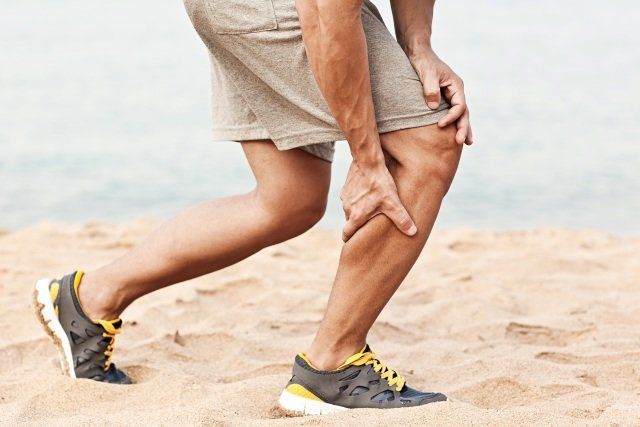
We have all fallen victim to the dreaded cramp at some point! What and Why? These the questions we’re shouting after the pain subsides. Here are some of the answers! The What: A muscle cramp is a sudden and involuntary contraction of one or more of your muscles. Even though they are generally harmless to us, they can cause severe pain and temporarily make it impossible to use the affected muscle. The most common cases of cramp are benign leg cramps that occur for no known reason and typically at night. The cramps at night tend to mostly affect the calf and foot muscles, often causing the foot and toes to curl downwards and definitely waking us up, out of even the deepest sleep! There is also exercise related muscle cramp. This occurs during or immediately after exercise and doesn’t discriminate, whether you’re young, old, fit, unfit, healthy or unhealthy. The Why: There are a variety of things that can lead to leg cramps, but we don’t actually have a concrete explanation for why they happen. Cramps often happen at night, so we could blame the position we have fallen asleep in. If we sleep with our legs slightly bent, feet pointing downwards, we are effectively contracting the hamstrings, calves and hip flexors, which can be linked to them tightening and triggering a spasm. Another factor that may contribute to cramp is overuse of the muscles. Overuse can happen in many forms. Everyone has a dominant side and tends to overuse one side of the body, whether this be lifting shopping bags, carrying a handbag or doing housework. We may also be forced into overusing muscles. If we’ve been sitting awkwardly on a plane squashed between two people with our legs in a strange position, the stress the muscles are being put under could contribute to cramp. Overuse is typically associated with injuries. If we are injured, we compensate and overuse alternative muscle groups. Certain activities that rely heavily on the leg muscles can make you more prone to leg cramps. These include running, lower body weight training, cycling and any sport that requires a lot of movement and running – almost all sports. Exercising without properly warming up can increase your risk of cramping. A build-up of lactic acid can also irritate the muscles until they cramp. This often happens when we don’t rest or cooldown our muscles after exercising at higher intensities. Dehydration is a possible cause or you may not be getting enough electrolytes. Potassium, Magnesium, Sodium and Calcium help your muscles to work smoothly and enough fluid helps your body to process minerals. Many of us have little to no water in the evening due to the fear of having to get up in the middle of the night to use the bathroom. We don’t drink overnight and so there is a long period of time over which which the body can become dehydrated. Damage to the nerves can also cause cramping pain in your legs. Muscles get their stimulus from messages passed through the central and peripheral nervous system but sometimes there can be nerves that are misfiring. This can be due to the compression of nerves, some neurological conditions, poor posture or due to an injury. Most cases of cramp don’t indicate a serious underlying condition, but there are some medical reasons why you may be getting cramps. Cramps are associated with; Pregnancy, Kidney failure, Thyroid Issues, Diabetes, Vascular Disease. They can also be a side effect of medications, including; Contraceptive pills, Diuretics, Asthma medication and Statins. If you’re a regular sufferer of leg cramps, it may be worth considering whether any of these medical conditions could be the cause (FYI - I’m in no way qualified or suggesting that you have any of these, but if you’re ever concerned, consult your GP). That’s the heavy stuff out of the way….! Treatment & Prevention: The important bit, how do we get rid of it! Generally, cramping will disappear within minutes, but if you’re a frequent sufferer, we should be trying to prevent them. We can try the following easy remedies. Stretching to relax the affected muscle. This can be accompanied with a little self-massage. Do it until the pain subsides and the muscle feels a lot looser. Generally after exercising we should be doing a range of stretches, starting with the tightest and most affected muscles. Regular stretching will increase the flexibility of the tissues, making it less likely that they will involuntarily contract. Try adding some magnesium into your diet. It can be in the form of supplements or actual food. Nuts and seeds area a good place to start increasing your magnesium levels. Add some heat or ice to the area. There are many heat pads on the market but an old school warm bath with some Epsom salts may also do the trick to relax the muscles. Ice works differently, reducing inflammation and helping the muscle to recover. Try an ice bath – Good luck! As we mentioned above, being dehydrated can be a factor. It might take a little bit longer to take effect and ease your pain, but water or a sports drink with electrolytes can help prevent another cramp. The amount of water you need varies from one individual to another and there are many factors that may require you to take in more fluids. The amount usually depends on what you eat, your activity levels, age, the climate and the medication you take. A good rule is that if you feel thirsty, you almost certainly need more water! Regularly hydrate throughout the day and especially after exercise and we’ll be on the right path. If all else fails and the cramps do continue, consider getting regular massages to help the muscles to relax. Written by Krish Narraidoo Personal Trainer & Sports Massage Therapist
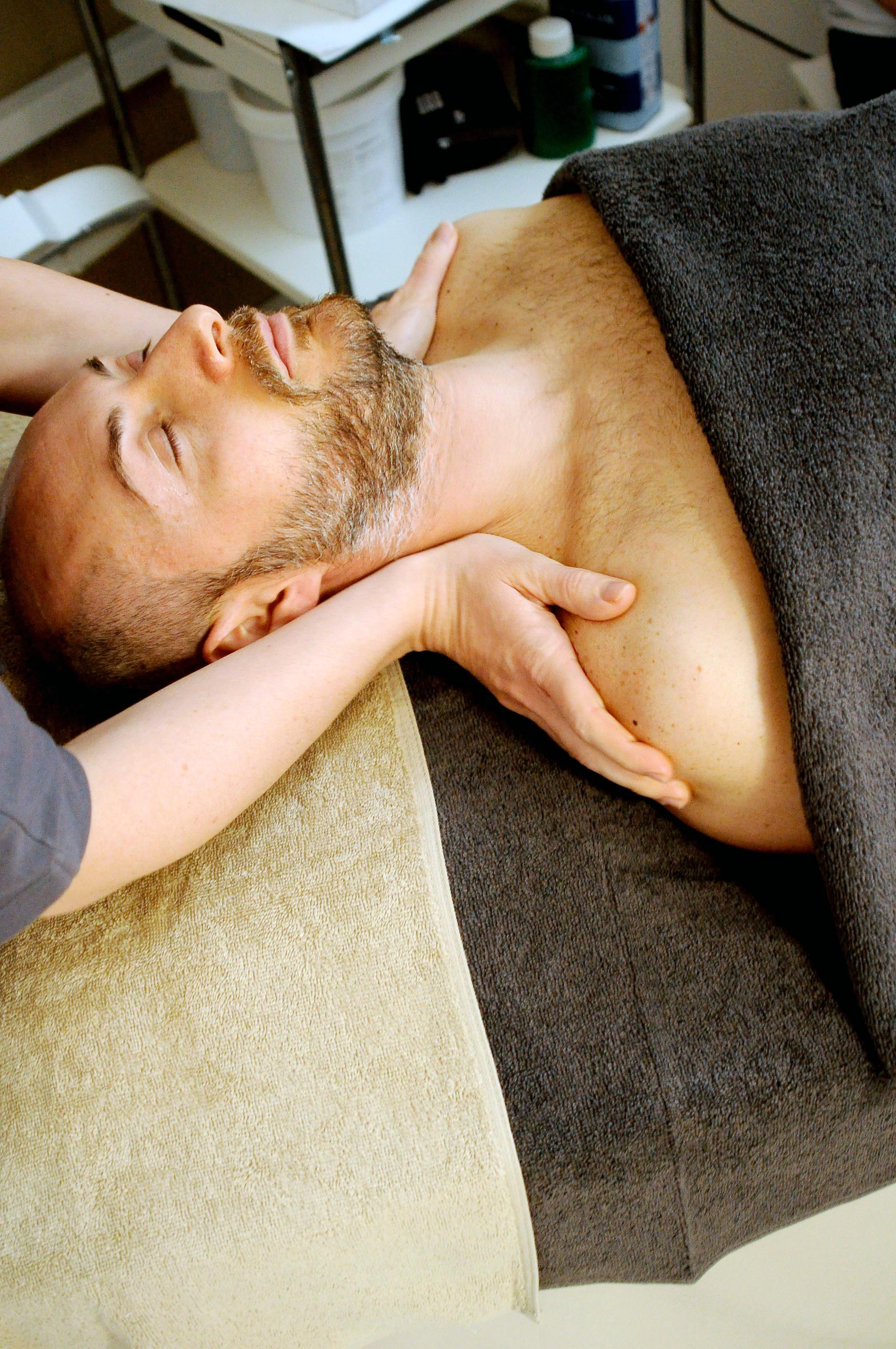
After you have just received a Sports Massage you are probably feeling great, like a new person and extremely relaxed. What you may feel over the next two days is a little soreness and fatigue, similar to how your muscles will be feeling after a workout – This is completely normal. When you exercise, your muscles are sore because you have done a movement, stretch or intensity that they are not used to, this is the same with a Sports Massage, especially on your first visit. A Sports Massage is not just a gentle rub down, it is designed to work on your affected muscles to relieve tension and iron out those knots. What some people may not fully understand is that a Sports Massage treatment uses techniques that are working effectively whilst you are having the massage, but are also designed to continue the process of healing by stimulating the nervous system and encouraging white blood cells to the area long after your massage has finished. This also means that the body and muscles will be subconsciously working harder and longer than you realise, causing them to become a little fatigued, another reason why soreness may be felt afterwards. There are a few things that you as a client can do following your Sports Massage to make things a little easier. We always encourage you to drink plenty of water immediately after and over the next 48 hours, this hydrates the body so that it has the fuel needed to repair. Take it easy for the remainder of the day, relax and do not exercise the area the therapist has been working on. Be aware that you will be more flexible than before your massage, so correct posture is very important. If you do these few simple things and you wake up the next morning a little bit sore, it is probably because you have had a really beneficial Sports Massage. Krish Narraidoo Sports Massage Therapist & Personal Trainer
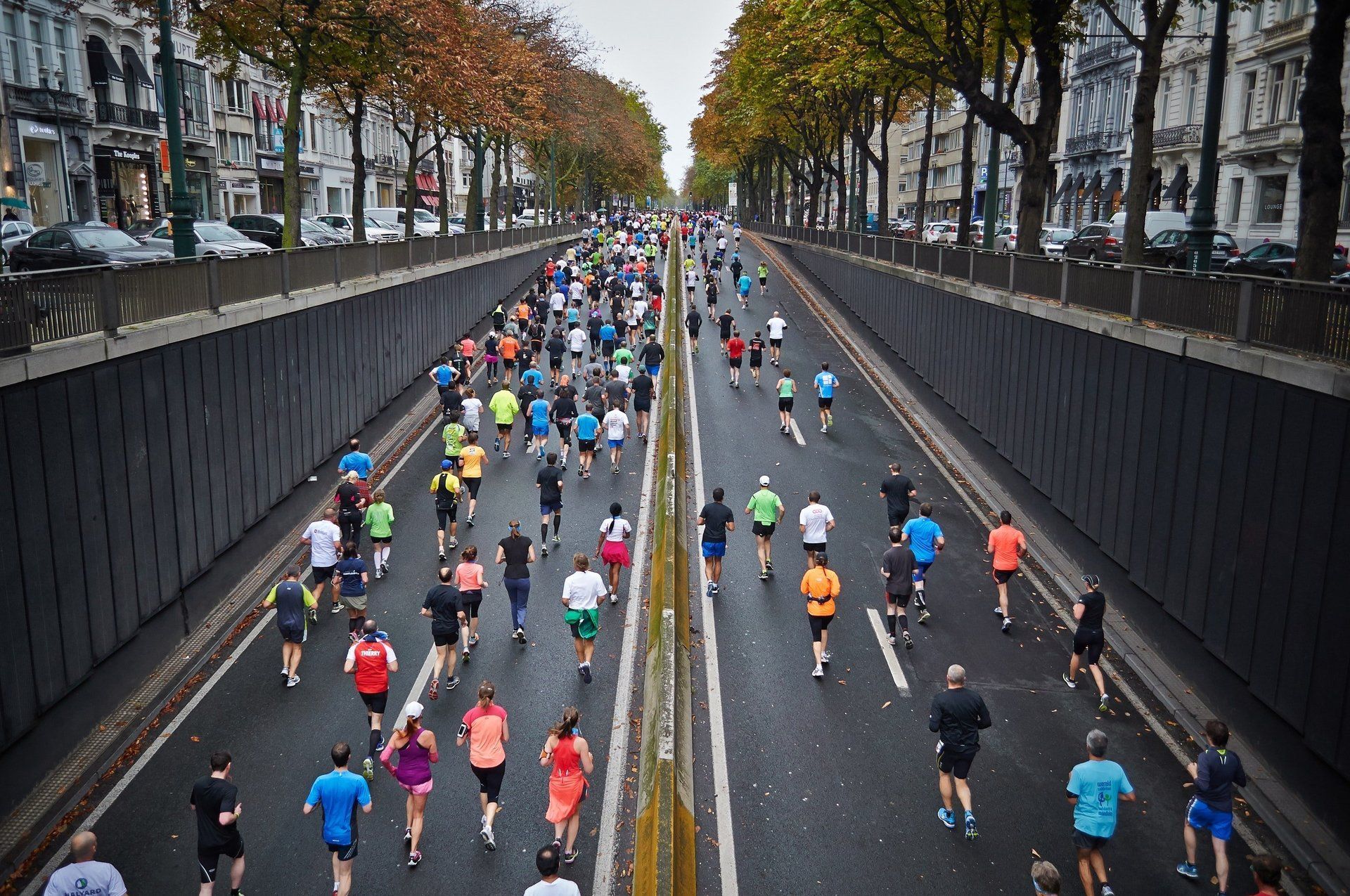
The running bug has definitely hit the country and everywhere you look, we’re running. ParkRun and similar events have done a great job of motivating the running community. But whether it’s your first or your twentieth and whether you’re walking over the line or sprinting, the marathon is still seen as the ultimate challenge for most of us. If you Google “Marathon”, there will be thousands of experts telling you exactly how to run, when to run, how fast to run and much more. It can get a bit confusing so here is a simple breakdown of the most important factors. Facts Running related injuries are some of the most common issues that I treat. The stats say most of us will experience up to 38 injuries per 1000 hours of running! Staggering! Most of these will be small issues that in the short term won’t impact a runner too much. However, I’ve treated many injuries throughout marathon journeys which started small but ended up ruining their experience. How do we combat this? Goal Setting Establishing your goal is the first step of marathon training. Every run that you do will be determined by the goal you set at the start. The intensity, the frequency, the location, the climate will all be chosen and driven from those initial goals. Goals can differ from aiming to complete the marathon by walk/run, setting a new PB or aiming for a specific time. Correct Training Schedule There are hundreds of running schedules that you can copy and paste from the internet. The issue with these is that they aren’t specific to you. You may choose one that pushes you too hard too soon, one that doesn’t take into consideration your current fitness level or one that you are not able to stick to because of the timescales they have set. Getting it wrong may increase your risk of injury and the chance of you being ill-prepared for the marathon challenge ahead. Many running injuries occur not because of the distance that has been run, but more so because of the journey that has got someone to that distance. Programmes that progressively load the body and give adequate rest and recovery times are the ones to look out for. Speaking to a coach is always beneficial. Prepare to Train Many runners will start a running programme with no base level of fitness. The months of running are tough on your body, your heart, your muscles, your ligaments and your flexibility. The runners who end their programmes fit and strong, tend to be runners who have put in a bit of background work to prepare themselves from the beginning. Strength & conditioning is becoming more and more important to runners and research suggests it can reduce injuries by up to 50%. That’ll mean less missed runs, less appointments to fix issues, less time getting frustrated and more time actually running! In the off season 2-3 strength sessions per week is advised but during a programme 1-2 is sufficient. These can be at home, uncomplicated, use little or no equipment, but they do need to be done! Manage Current Injuries As long distance running is typically high impact and high frequency, there are a very small number of runners who do not have a little reoccurring niggle. Stepping up your training and increasing to the big distances necessary, can be the trigger for turning niggles into bigger problems. Speak to your therapist about your future running plans and work together to address the issues to give you the best chance of completing the training ahead of your event. Manage Time One of the reasons many people do not take on marathon distances is the time commitment. Most of us do our long runs on a Sunday – family day – and it takes us away from family, socialising, work and it can be hard to manage. You do need to make time to run, however try to plan your runs as part of your ongoing life. For example, can part of your commute contribute to your run? Can you run in the morning before the family activities start or after the kids are in bed? Maybe run as part of a group and get your friends and family involved? Ensuring you’re managing your time better from the start will help you keep to your schedule and not rely on cramming in extra runs at some point which may contribute to developing overuse injuries. Plan Races Races are a dress rehearsal. Get them in to your schedule early. They should be used to prepare yourself for what is coming ahead. You can test your running clothes, your equipment, your trainers, your pre and post-race meals, warmup routine, hydration levels, racing gels - everything you’ll be doing on race day. It allows you to step on to the start line of the marathon with nothing extra to worry about. Pick Your Team Successful athletes have never and will never do it by themselves. You’re no different. You may not be able to start the marathon with an entourage however you can have a team behind you through the training. Grow a network of therapists, coaches, friends and family who you can turn to during the months of running and they’ll be there to cheer you on on race day! Prepare For Everything Similar to the training races, preparation is the key. Think of the differences that can happen on the event day. Run in the cold, run the hot and run in the rain. You won’t want to run on a rainy race day if you’ve decided to skip the rainy training runs. Recovery In my experience, the most common thing that is neglected and leads to injury is the lack of rest and recovery. It is an extremely fine line between stressing the body to improve and allowing it to recover enough to maximise performance but minimise injury risk. There are many tools out there which can help such as, foam rolling, trigger point devices, compression clothes, ice baths, massage, taping, stretching and many more. The effectiveness for each of these differs from one person to another but once you know what works for you, use it to get you to that start line. I regularly see athletes that are in training programmes for a regular check-up of their muscles to help them recover, relax and manage their niggling injuries. Seek the advice of a professional regarding your choice of recovery. Train Hard – Recover Harder! Fun Whatever the goal, whatever your starting point and whatever number marathon this is for you… Have FUN!

